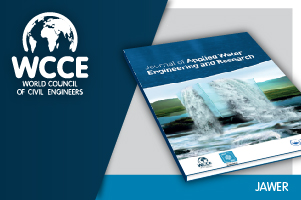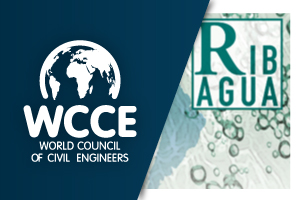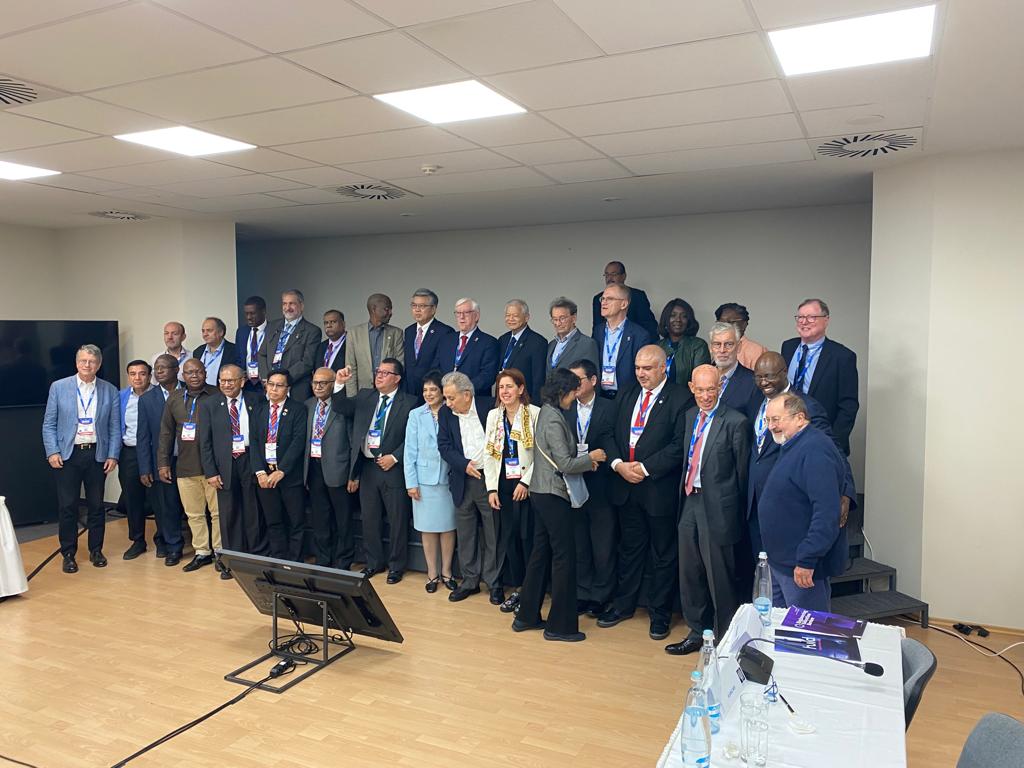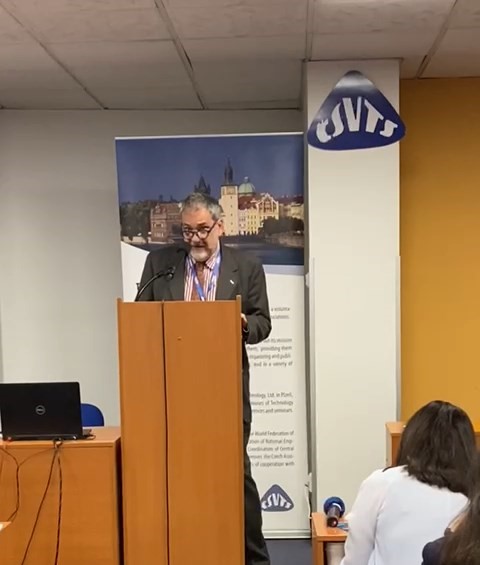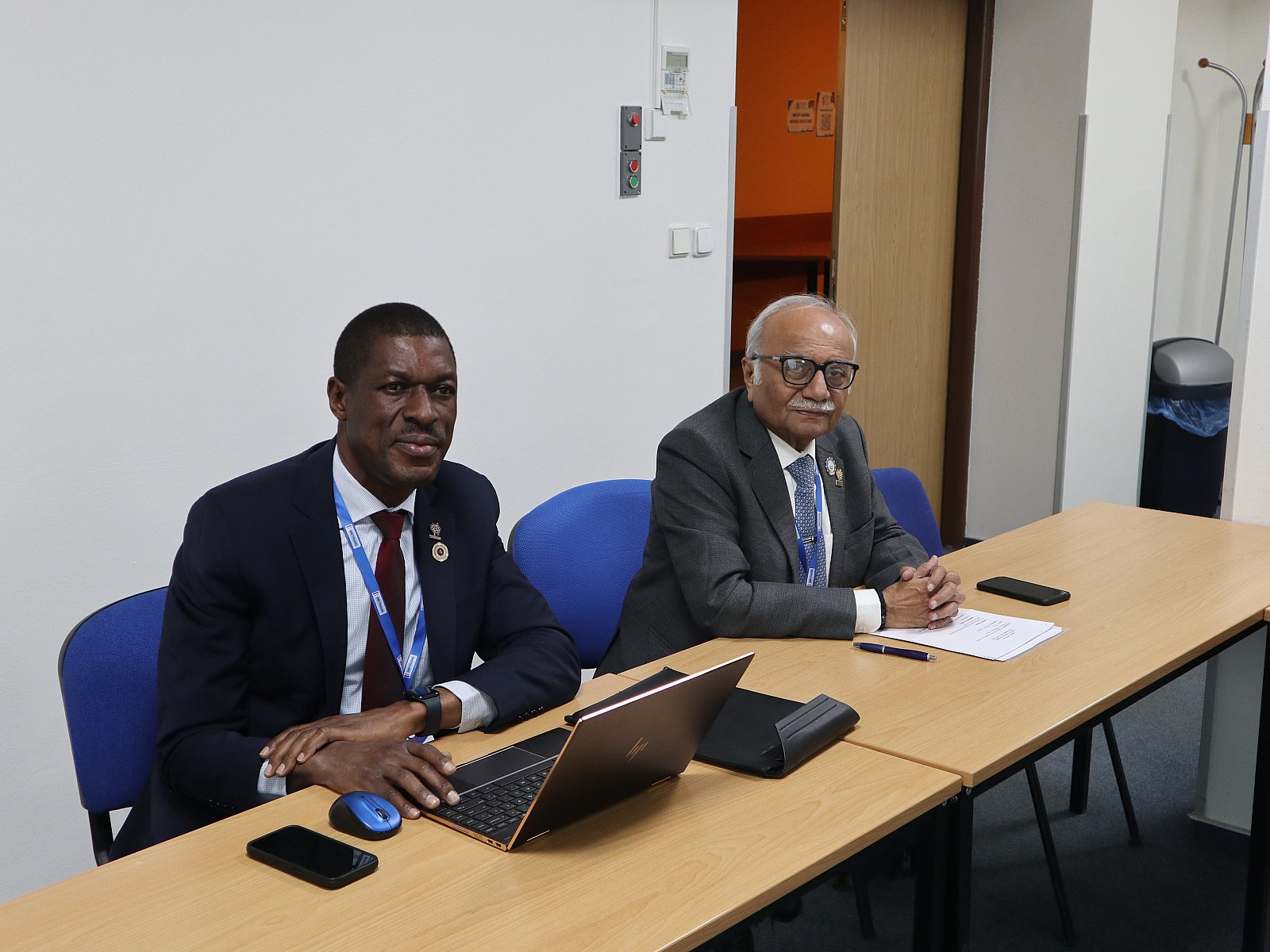👀 Supercharging progress towards the SDGs | UN Peek
 UNOPS experts explore how Geographic Information Systems could be the secret ingredient to accelerate sustainable development and tailor actions to community needs.
UNOPS experts explore how Geographic Information Systems could be the secret ingredient to accelerate sustainable development and tailor actions to community needs.
📜 G20 New Delhi Leaders’ Declaration
 We are One Earth, One Family, and we share One Future.
We are One Earth, One Family, and we share One Future.
We, the Leaders of the G20, met in New Delhi on 9-10 September 2023, under the theme ‘Vasudhaiva Kutumbakam’. We meet at a defining moment in history where the decisions we make now will determine the future of our people and our planet. It is with the philosophy of living in harmony with our surrounding ecosystem that we commit to concrete actions to address global challenges.
📚 The Green Roads for Water (GR4W) | WCCE Library Peek
 Roads and water are generally seen as enemies, with water responsible for most of the damage to roads, and roads being a major cause of problems such as erosion, waterlogging, flooding, and dust storms. This tension, however, can be reversed. The concept of Green Roads for Water (also known as ‘Green Roads’ or ‘roads for water’) places roads in the service of water and landscape management and climate resilience without sacrificing or diminishing their transport functions. With global investment in roads of US1-US2 trillion dollars per year, plus maintenance costs, the widespread adoption of Green Roads approaches can leverage investment at a transformative scale, making road development and maintenance a vital tool for achieving climate resilience, water security, and productive use of natural resources.
Roads and water are generally seen as enemies, with water responsible for most of the damage to roads, and roads being a major cause of problems such as erosion, waterlogging, flooding, and dust storms. This tension, however, can be reversed. The concept of Green Roads for Water (also known as ‘Green Roads’ or ‘roads for water’) places roads in the service of water and landscape management and climate resilience without sacrificing or diminishing their transport functions. With global investment in roads of US1-US2 trillion dollars per year, plus maintenance costs, the widespread adoption of Green Roads approaches can leverage investment at a transformative scale, making road development and maintenance a vital tool for achieving climate resilience, water security, and productive use of natural resources.
Green Roads for Water: Guidelines for Road Infrastructure in Support of Water Management and Climate Resilience, prepared by the WB Group, provides strategies to use roads for beneficial water management tailored to diverse landscapes and climates, including watershed areas, semiarid climates, coastal lowlands, mountainous areas, and floodplains. The underlying premise of Green Roads is therefore quite simple: designing roads to fit their natural and anthropomorphic contexts; minimize externalities; and balance preservation of the road, water resources, landscape, and soil resources will usually cost less than traditional protective resilience approaches and will produce more sustainable overall outcomes.
📚 UN-Water SDG 6 Synthesis Report 2023 | WCCE Library Peek
 Progress towards internationally agreed water-related goals and targets, including Sustainable Development Goal (SDG) 6 “to ensure availability and sustainable management of water and sanitation for all by 2030”, is alarmingly off-track.
Progress towards internationally agreed water-related goals and targets, including Sustainable Development Goal (SDG) 6 “to ensure availability and sustainable management of water and sanitation for all by 2030”, is alarmingly off-track.
Blueprint for Acceleration: SDG 6 Synthesis Report on Water and Sanitation 2023 aims to provide a strategic response to the outcomes of the UN 2023 Water Conference, including the Water Action Agenda, and contribute to the discussions of Member States and relevant stakeholders at the 2023 High-level Political Forum on Sustainable Development (HLPF), which includes a Special Event focused on SDG 6 and the Water Action Agenda.
💡 A Young Civil Engineer’s Perspective - A Column by Lilian Kilatya, Chair of WCCE Young Engineers Standing Committee
 The term young, albeit relative, is often used to mean youthful. Although the United Nations, for statistical purposes, defines 'youth' as persons between the ages of 15 and 24, legislatively, countries have different age brackets for the youth. This notwithstanding, a young civil engineer is one who is at the peak of their adult life in terms of vigour and is young in the profession.
The term young, albeit relative, is often used to mean youthful. Although the United Nations, for statistical purposes, defines 'youth' as persons between the ages of 15 and 24, legislatively, countries have different age brackets for the youth. This notwithstanding, a young civil engineer is one who is at the peak of their adult life in terms of vigour and is young in the profession.
As a digital native, the young civil engineer has been accustomed to learning and using new hardware and software. They anticipate that their tasks at work, including internal and external communication, are as digital as possible. They keep themselves abreast of emergent technological trends and are constantly developing ways of simplifying their tasks. They prefer working for and thrive in companies that: have clear job descriptions; offer commensurate pay with their competence and input; offer incentives and recognition of their achievements; communicate clearly and habitually; give encouraging feedback; allow flexible work hours and remote work; involve them before making major changes to the work environment; undertake corporate social responsibilities; offer job security, e.g., through permanent and pensionable terms with opportunities for capacity building; and promote holistic wellness.
📯 WCCE attends ECCE's 76th General Assembly meeting
 The European Council of Civil Engineers invited its younger brother, the World Council of Civil Engineers (born from an initiative of ECCE members some 18 years ago) to its 76th General Meeting and the 8th International Conference on Health and Safety in Construction which was held in Nicosia, Cyprus.
The European Council of Civil Engineers invited its younger brother, the World Council of Civil Engineers (born from an initiative of ECCE members some 18 years ago) to its 76th General Meeting and the 8th International Conference on Health and Safety in Construction which was held in Nicosia, Cyprus.
A rich in history Mediterranean island off Asia Minor, it was successively ruled by Assyrians, Egyptians, Persians, Greeks, and Romans. It was sold to the Order of the Templars, ruled by the French Lusignan family, occupied by the Ottomans, and ruled by the English until independence was achieved in 1960. Multicultural, its friendly inhabitants generously welcome you, as Evangelitsa Tsoulofta, president of the Council of Civil Engineers of Cyprus.
The setting for the meeting was exceptional and so were the results: three key topics for a fruitful ECCE - WCCE cooperation.
Page 3 of 25




